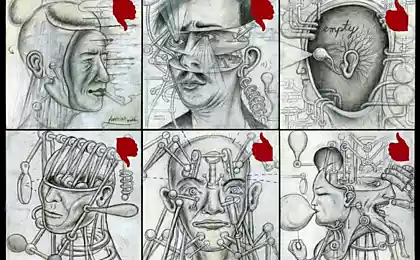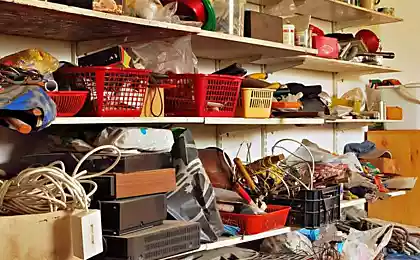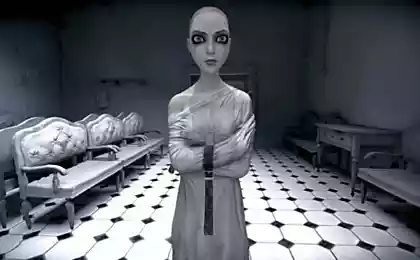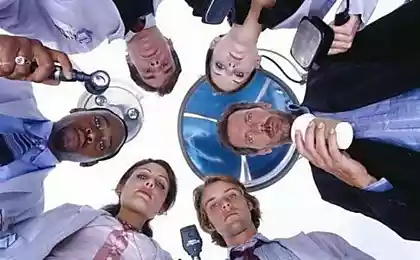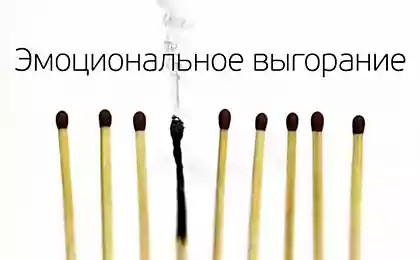128
Diogenes syndrome: why people turn their homes into landfills

In 1975, British psychiatrists first described a phenomenon in which seemingly well-off people have been accumulating garbage for years, turning houses into dangerous mazes of junk. Half a century later, the problem has become more widespread: according to the WHO, about 2.5% of people over 60 years old show symptoms of this disorder. But what makes a person cling to empty bottles, tainted furniture and decades-old newspapers?
Myths and reality: what is Diogenes syndrome
Contrary to popular belief, the disorder is not related to the philosophy of the ancient Greek ascetic. Current research (Journal of Clinical Psychiatry, 2021) highlights three key features:
- Compulsive accumulation of unused items
- Total disregard for sanitary standards
- Aggressive denial of the problem

Neurobiology of cluttered consciousness
Brain scans of patients revealed abnormalities in the prefrontal cortex, an area responsible for decision-making. Professor Randy Frost, author of Things: Compulsive Hoarding and the Meaning of Property, explains: For them, every thing becomes an extension of the person. Throwing away an object is like amputating a part of yourself.
The Social Time Bomb
The problem goes beyond individual tragedies:
- Fire hazard: 27% of deaths in fires in apartment buildings are associated with cluttered housing (data EMERCOM of Russia, 2023)
- Epidemiological risks: rotting waste becomes a breeding ground for infections
- Intergenerational conflict: 68% of patients’ relatives experience chronic stress
Treatments: Between Force and Empathy
Scandinavian model of rehabilitation, combining:
- Phased cleaning of housing with the participation of the patient
- Cognitive behavioral therapy
- Art-therapeutic practices of working with trauma

Prevention: How to recognize the threat
Early Signals to Pay Attention to:
- Unsystematic collection of useless items
- Violation of circadian rhythms (late cleaning, night sorting of things)
- Social isolation
Ethics of Intervention: Where Are the Limits of Personal Freedom?
Legal dilemmas:
“Forced hospitalization is only possible when life is threatened. But how to assess the risk in the case of slow extinction under the rubble? — Maria Semyonova, human rights activist of the Center “Civil Position”.
Diogenes syndrome is not just a story of disorder. It is a mirror reflecting our collective fears of old age, loneliness and loss of control. Solving the problem requires not only a medical approach, but also a rethinking of society’s attitude towards marginalized forms of human existence. As anthropologist Eduard Limonov notes, “Every pile of garbage in someone’s apartment is a cry for help frozen in space.”
11 Non-Obvious Thieves of Your Energy: How to Stop Your Power Leak
Colors that are not: forbidden pigments in the history of art





